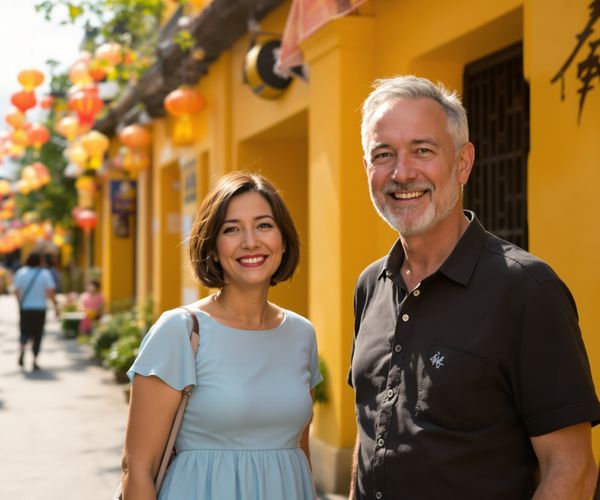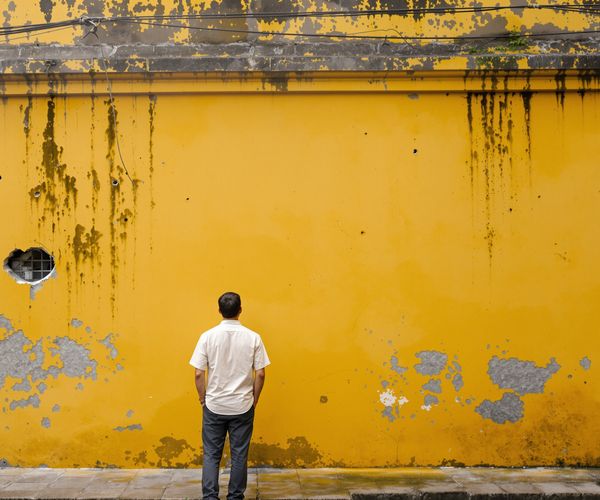
Hoi An: The Timeless Charm of Vietnam
Discover the enchanting town of Hoi An, where history, culture, and natural beauty blend seamlessly in Vietnam's most charming destination.
Hoi An, a UNESCO World Heritage site, is a picturesque town in central Vietnam. Known for its well-preserved Ancient Town, Hoi An offers a unique glimpse into the past with its blend of different cultures and architectural styles. Wander through narrow streets lined with centuries-old wooden houses, Chinese temples, and Japanese bridges. The town's quaint beauty and serene ambiance make it a perfect spot for anyone looking to experience Vietnam's rich history and culture. Hoi An is famous for its lantern-lit streets and vibrant night markets. As the sun sets, the town transforms into a magical wonderland with colorful lanterns illuminating the pathways. The night market is a great place to sample local delicacies, shop for handmade crafts, and immerse yourself in the local culture. Don't miss the chance to release a lantern on the Thu Bon River for good luck. The surrounding countryside is just as charming. Rent a bicycle and explore the lush green rice paddies, visit traditional villages, or take a boat trip to the nearby Cham Islands. Hoi An's culinary scene is also a highlight, with cooking classes and restaurants offering delicious local dishes like Cao Lau and White Rose Dumplings. Whether you're a history buff, a foodie, or just looking to relax, Hoi An has something for everyone.
Local tips in Hoi An
- Visit the Ancient Town early in the morning to avoid the crowds and enjoy a peaceful walk.
- Bring cash, as many local shops and eateries do not accept credit cards.
- Try the local street food, especially the Banh Mi sandwiches and fresh spring rolls.
- Rent a bicycle to explore the countryside and nearby beaches.
- Attend a traditional lantern-making workshop to create a unique souvenir.
- Don't miss the Full Moon Lantern Festival, held on the 14th day of each lunar month.
Neighbourhoods in Hoi An
Hoi An: The Timeless Charm of Vietnam
Hoi An, a UNESCO World Heritage site, is a picturesque town in central Vietnam. Known for its well-preserved Ancient Town, Hoi An offers a unique glimpse into the past with its blend of different cultures and architectural styles. Wander through narrow streets lined with centuries-old wooden houses, Chinese temples, and Japanese bridges. The town's quaint beauty and serene ambiance make it a perfect spot for anyone looking to experience Vietnam's rich history and culture. Hoi An is famous for its lantern-lit streets and vibrant night markets. As the sun sets, the town transforms into a magical wonderland with colorful lanterns illuminating the pathways. The night market is a great place to sample local delicacies, shop for handmade crafts, and immerse yourself in the local culture. Don't miss the chance to release a lantern on the Thu Bon River for good luck. The surrounding countryside is just as charming. Rent a bicycle and explore the lush green rice paddies, visit traditional villages, or take a boat trip to the nearby Cham Islands. Hoi An's culinary scene is also a highlight, with cooking classes and restaurants offering delicious local dishes like Cao Lau and White Rose Dumplings. Whether you're a history buff, a foodie, or just looking to relax, Hoi An has something for everyone.
When is the best time to go to Hoi An?
Iconic landmarks you can’t miss
Hội An Night Market
Discover the vibrant charm of Hội An Night Market, where culture, cuisine, and crafts come together in a mesmerizing evening experience.
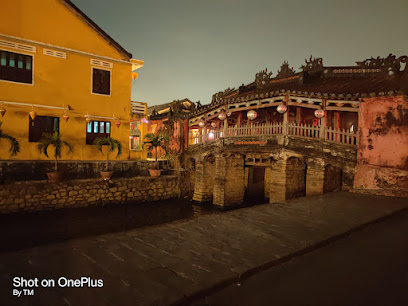
Chùa Cầu
Discover the iconic Chùa Cầu in Hoi An, a beautifully designed Japanese Covered Bridge that encapsulates the rich history and vibrant culture of Vietnam.
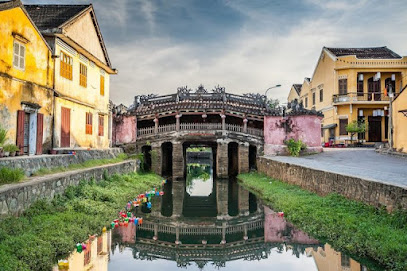
Hoi An Market
Explore Hoi An Market, a vibrant hub of local culture, delicious street food, and unique handicrafts in the heart of Vietnam's UNESCO World Heritage town.

An Bang Beach
Discover the serene beauty of An Bang Beach, a perfect getaway in Hoi An, Vietnam, where relaxation meets adventure in a stunning coastal setting.
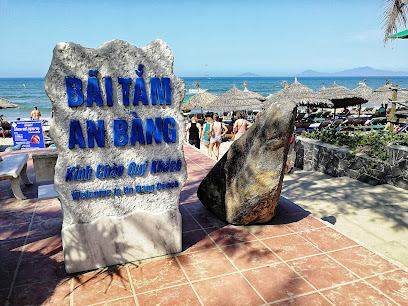
Precious Heritage Art Gallery Museum
Explore Vietnam's cultural richness at Precious Heritage Art Gallery Museum, where stunning photography meets the stories of diverse ethnic groups.
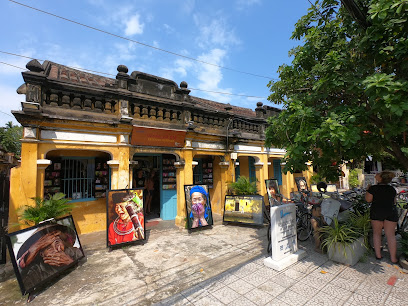
Hoi An Memories Land
Explore Hoi An Memories Land: A vibrant theme park showcasing Vietnam's rich culture, traditions, and enchanting performances in a breathtaking setting.
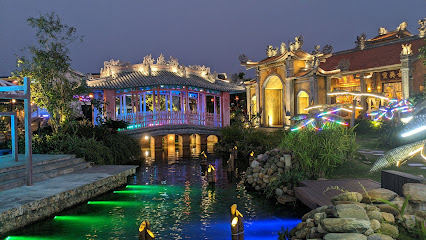
Hoi An Historic Hotel
Discover the charm of Hoi An at the Historic Hotel, where traditional elegance meets modern comfort amid Vietnam's cultural heart.

Hoi Quan Phuoc Kien
Explore Hoi Quan Phuoc Kien, an iconic heritage site in Hoi An, Vietnam, showcasing exquisite architecture and rich cultural traditions.

Thanh Hà Terracotta Park
Explore the enchanting Thanh Hà Terracotta Park, where art and culture meet in a serene setting of stunning sculptures in Hội An, Vietnam.
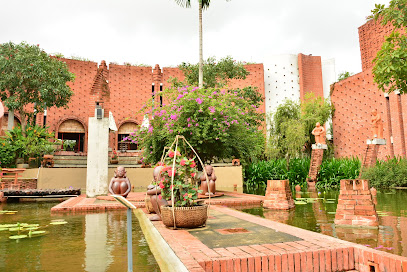
Hội An Lune Center for the Performing Arts
Discover the magic of Vietnamese culture at Hôi An Lune Center for the Performing Arts, where enchanting performances captivate audiences in a stunning setting.
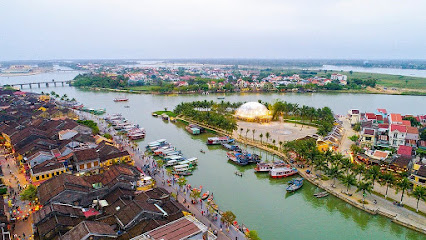
Old House of Tan Ky
Explore the Old House of Tan Ky, a stunning heritage building in Hoi An that showcases the unique blend of Vietnamese, Chinese, and Japanese architectural influences.

Rehahn Gallery
Discover the vibrant culture of Vietnam through stunning photography at Rehahn Gallery in Hoi An, a must-visit for art lovers and travelers.
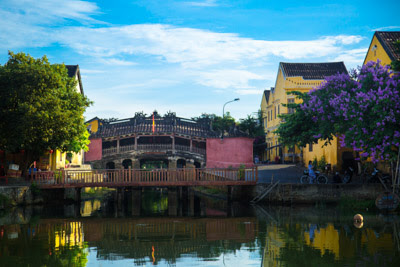
Hoi An Water Puppet Show
Immerse yourself in Vietnam's heritage at the Hoi An Water Puppet Show, where tradition meets artistry in a captivating performance.
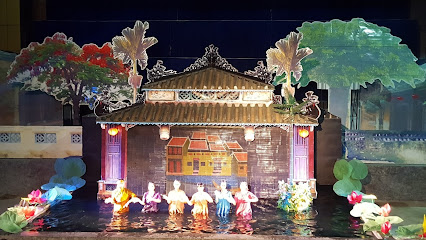
Tra Que Vegetable Village Restaurant
Experience authentic Vietnamese cuisine made with fresh, organic produce from Tra Que Vegetable Village in a serene and charming setting.
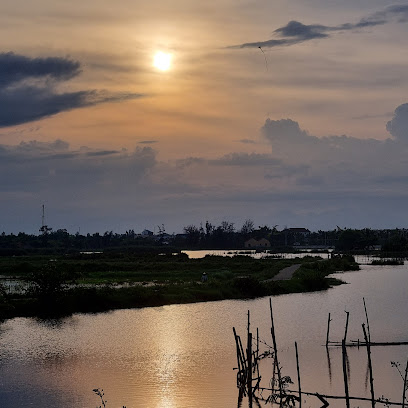
Làng Dừa Xanh Coconut Basket Boat Tour
Discover the tranquil beauty of Hoi An's waterways with unique basket boat tours through lush coconut groves at Làng Dừa Xanh.
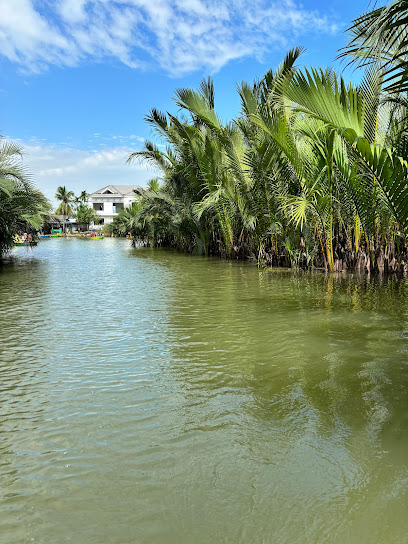
Unmissable attractions to see
Ba Na Hills SunWorld
Explore the breathtaking Ba Na Hills SunWorld in Da Nang, Vietnam, featuring stunning landscapes, cultural attractions, and thrilling adventures for every traveler.
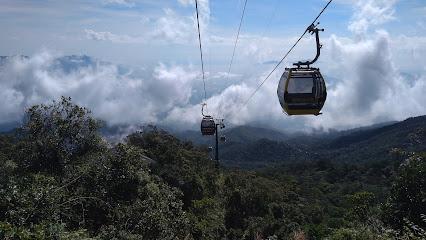
The Marble Mountains
Explore the enchanting Marble Mountains in Da Nang, Vietnam – a stunning blend of nature, culture, and breathtaking views that captivates every traveler.
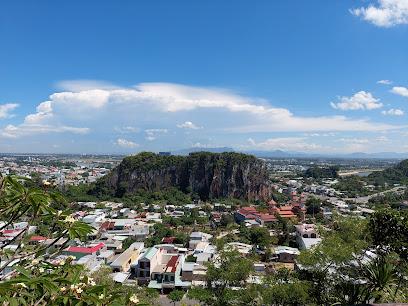
Ba Na Hills
Experience the breathtaking beauty of Ba Na Hills in Da Nang, Vietnam, where adventure meets stunning natural landscapes and rich culture.
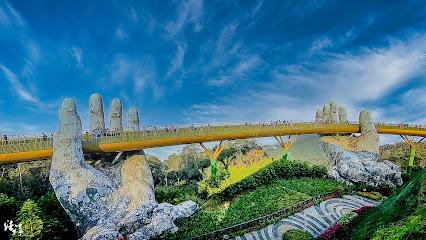
Con Market
Explore the vibrant Con Market in Da Nang, a cultural hotspot for authentic Vietnamese cuisine and unique local handicrafts.
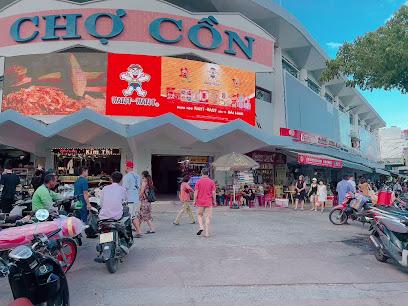
An Bang Beach
Discover the serene beauty of An Bang Beach, where golden sands meet vibrant local culture in Hoi An, Vietnam.
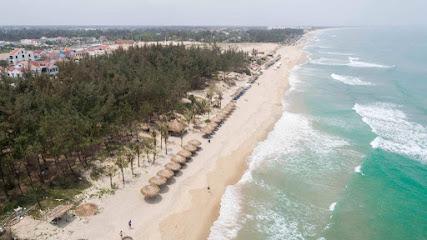
DA NANG DOWNTOWN
Explore the vibrant heart of Da Nang, a perfect blend of culture, entertainment, and stunning coastal views in Vietnam's dynamic city.
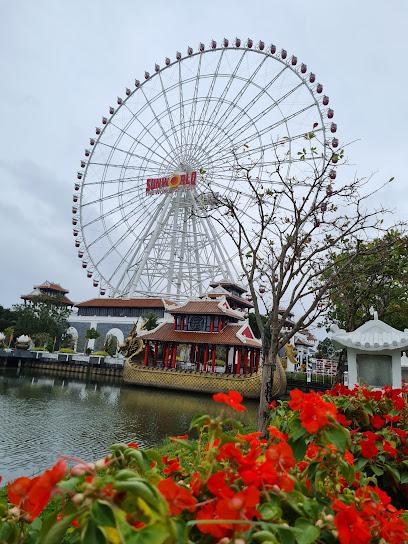
My Son
Explore My Son, a UNESCO World Heritage Site in Vietnam, showcasing ancient Cham temples and rich cultural heritage amidst stunning natural landscapes.
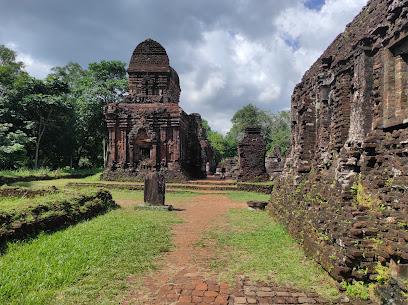
Thanh Ha Pottery Village, Hoi An
Experience the traditional art of pottery making in Thanh Ha Pottery Village, Hoi An, Vietnam, where craftsmanship and culture come together.
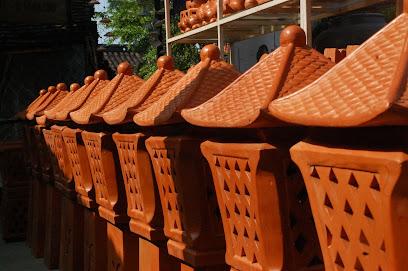
Da Nang Museum of Cham Sculpture
Discover the exquisite Cham sculpture collection at Da Nang Museum, a cultural gem revealing Vietnam's rich heritage and history.
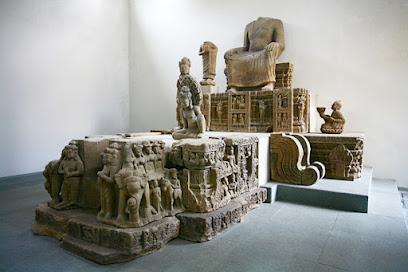
My Son Sanctuary
Explore the mystical My Son Sanctuary, a UNESCO World Heritage site rich in Cham culture and ancient architecture, surrounded by breathtaking natural beauty.
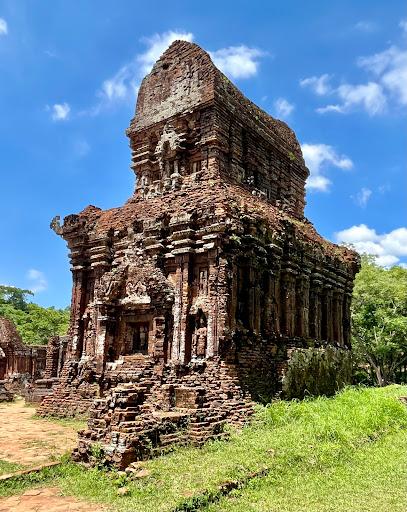
Golden Bridge
Experience the breathtaking beauty of the Golden Bridge in Da Nang, a stunning blend of nature and architecture that captivates every traveler.
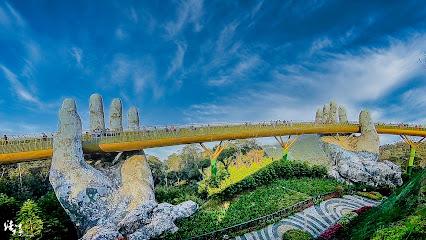
Sun Wheel
Discover breathtaking views and unforgettable experiences at Da Nang's Sun Wheel, one of the tallest Ferris wheels in the world.

Han River Bridge
Discover the iconic Han River Bridge in Da Nang, Vietnam, where stunning views and vibrant nightlife await every visitor.
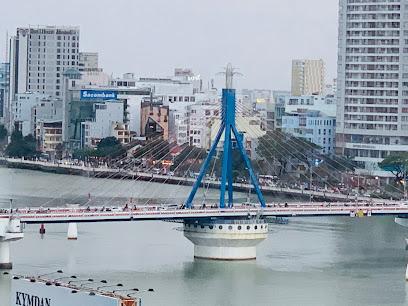
VinWonders Nam Hội An
Discover thrilling rides and cultural experiences at VinWonders Nam Hội An, the ultimate theme park destination in Vietnam.

Ban Co Peak
Experience the breathtaking views and rich history at Ban Co Peak, a premier tourist attraction in Da Nang, Vietnam.
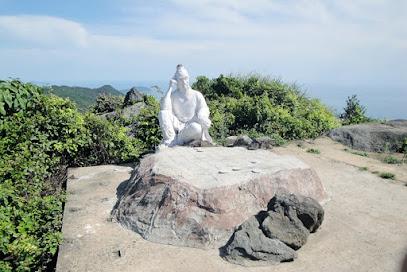
Essential places to dine
Restaurant & Cafe Tuấn Rich Flavor of Hoi An Vietnamese Familly Restaurant
Experience authentic Vietnamese cuisine at Tuấn Rich Flavor Restaurant in Hoi An - a culinary journey full of rich flavors and warm hospitality.
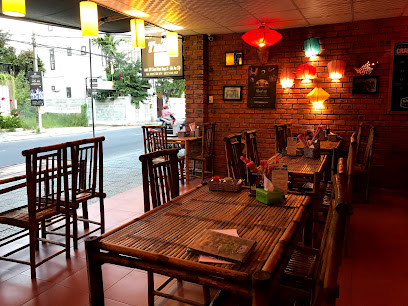
Nhan's kitchen
Discover authentic Vietnamese flavors at Nhan's Kitchen in Hoi An - where every dish tells a story.

Firefly Hoi An | Restaurant & Bar
Experience authentic Vietnamese cuisine at Firefly Hoi An, where every dish tells a story amidst vibrant culture.
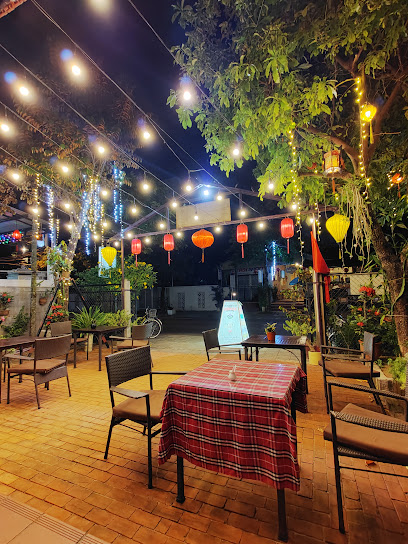
An Bang Beach Village Restaurant
Experience authentic Vietnamese seafood and Indian cuisine at An Bang Beach Village Restaurant with breathtaking ocean views.
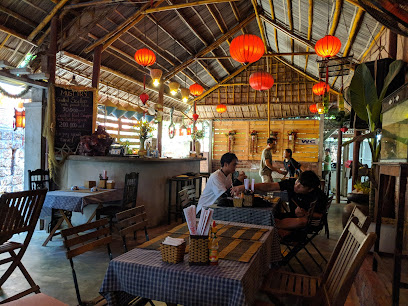
Madam Kieu Vietnamese Restaurant
Discover the rich flavors of Vietnam at Madam Kieu Restaurant in Hội An - where tradition meets taste!
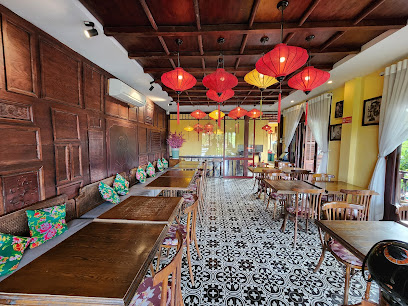
SECRET GARDEN HOIAN
Experience the vibrant flavors of Vietnam at Secret Garden Hoi An, where culinary delights meet serene surroundings.
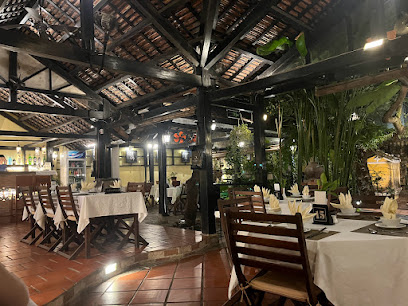
HOME Hoi An - HOME Vietnamese Restaurant
Discover authentic Vietnamese flavors at HOME Hoi An – where culinary tradition meets modern dining in Vietnam's enchanting Ancient Town.

Red Dragon Restaurant and Cooking Class
Discover the essence of Vietnamese cuisine at Red Dragon Restaurant and Cooking Class in Hội An—where flavors come alive!
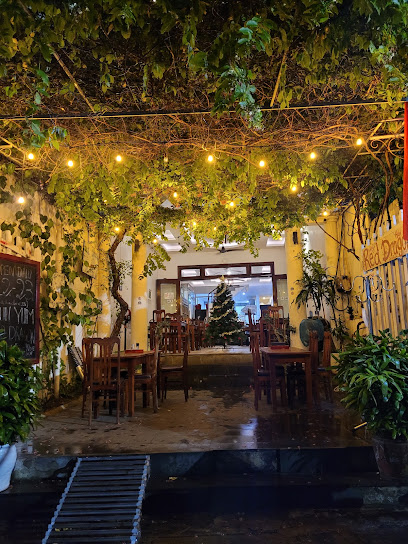
Mr. Sơn Restaurant
Discover authentic Vietnamese cuisine at Mr. Sơn Restaurant in Hội An - where every dish tells a story.
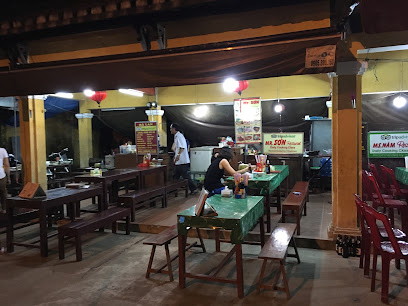
Mai Fish Restaurant
Experience the vibrant flavors of Vietnam at Mai Fish Restaurant in Hoi An - where traditional cuisine meets innovative cocktails.
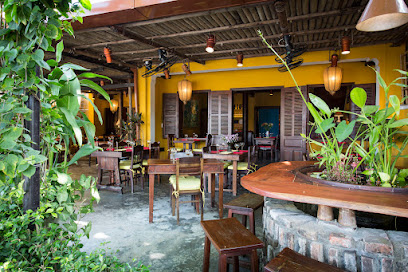
Bun Cha Ta Hoi An
Discover authentic Vietnamese flavors at Bun Cha Ta Hoi An, where every dish tells a story and every sip delights your senses.
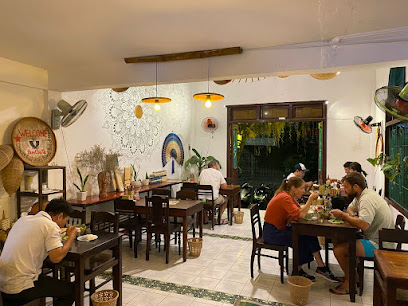
Little Faifo Restaurant
Experience authentic Vietnamese flavors blended with Indian spices at Little Faifo Restaurant in Hội An's Old Town.
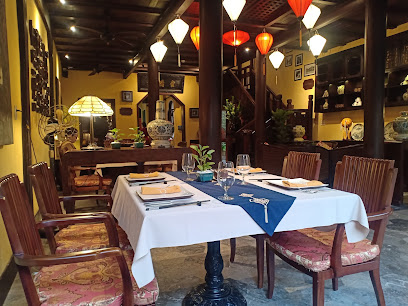
Kumquat BBQ Restaurant Cooking Class
Experience authentic Vietnamese cooking in Hội An's scenic Tra Que Village at Kumquat BBQ Restaurant Cooking Class.
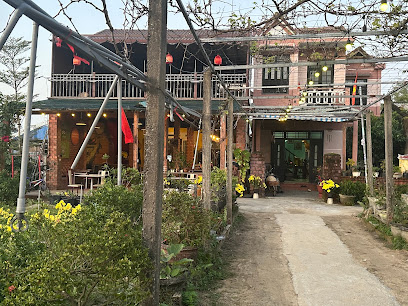
Cao Cao Grasshopper
Discover authentic Vietnamese flavors at Cao Cao Grasshopper in Hội An - where every dish tells a story of culinary tradition.
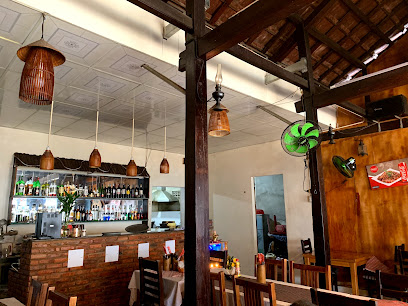
Le Petit Bistro Hoi An.
Experience the essence of French cuisine at Le Petit Bistro Hoi An – where authentic flavors meet charming ambiance.
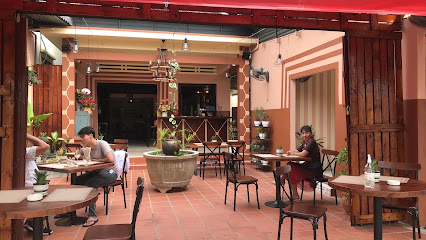
Markets, malls and hidden boutiques
THANH Design
Discover unique clothing at THANH Design in Hoi An, where tradition meets modernity in stunning fashion pieces.
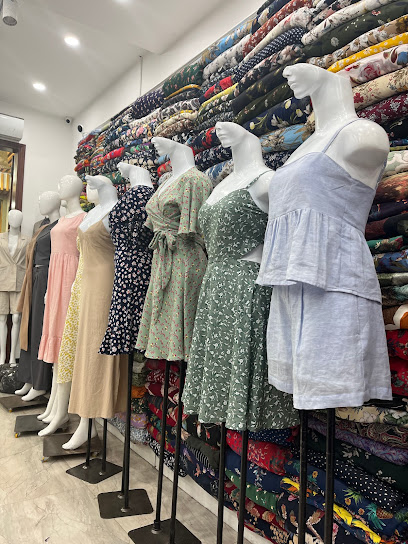
Rubin Cloth Shop
Discover the beauty of Vietnamese textiles and custom tailoring at Rubin Cloth Shop in the heart of historic Hội An.
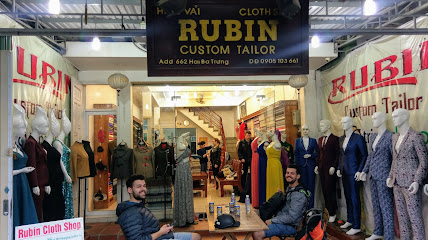
I love fashion
Explore I Love Fashion in Hội An for exquisite handmade leather goods that celebrate Vietnamese craftsmanship and contemporary style.

Shop Bean Bean
Shop Bean Bean in Hội An: Your destination for unique, handcrafted fashion accessories that celebrate Vietnamese culture.
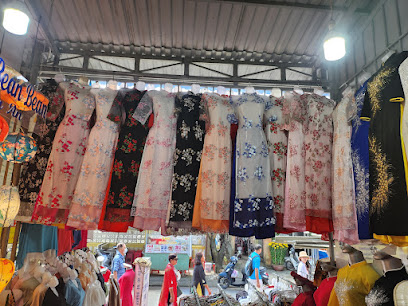
Thang Loi
Discover unique fashion at Thang Loi in Hội An, where traditional Vietnamese craftsmanship meets modern style.

Friendly shoe shop
Explore the Friendly Shoe Shop in Hội An for exquisite handcrafted footwear and leather goods, reflecting the artistry of Vietnamese culture.
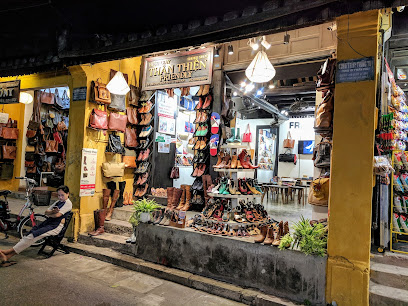
Sunday in Hoi An
Explore Sunday in Hoi An, your destination for unique gifts and home goods that embody the spirit of Vietnam's rich culture and craftsmanship.
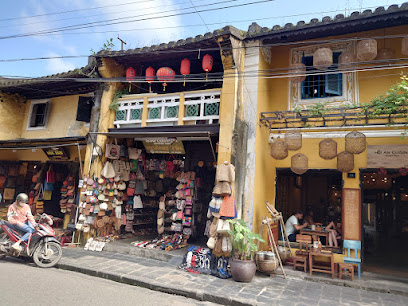
Future clothes shop
Discover modern and traditional fashion at Future Clothes Shop, where unique Vietnamese style meets exceptional craftsmanship in Hội An.
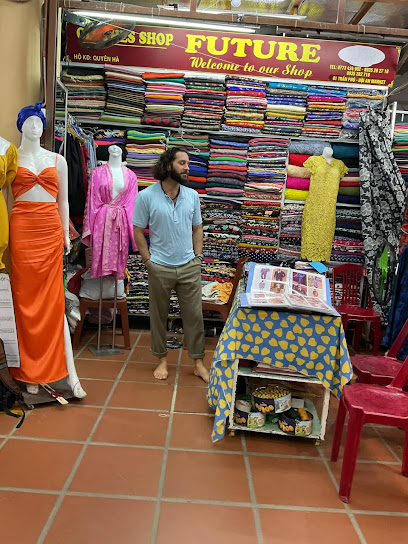
Lotus Leaf Fine Arts & Jewellery
Explore exquisite handcrafted jewelry and fine arts at Lotus Leaf in Hội An, a treasure trove of Vietnamese craftsmanship and culture.
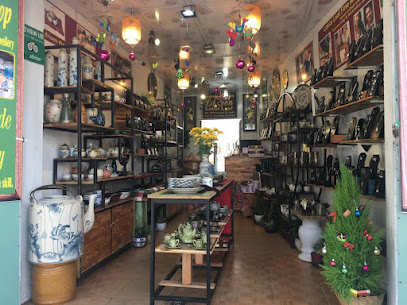
Hart Hoi An - Upcycled Home Decor
Explore Hart Hoi An for exquisite upcycled home decor and unique antiques, where every purchase supports local artisans and sustainable practices.
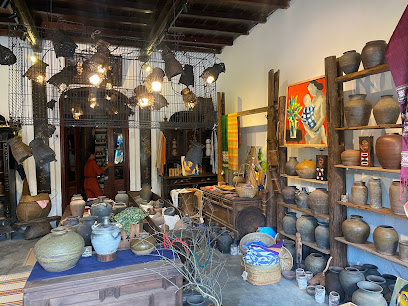
Reaching Out Arts & Crafts
Explore the artistry of Vietnam at Reaching Out Arts & Crafts, a gift shop supporting local artisans with unique handcrafted treasures.
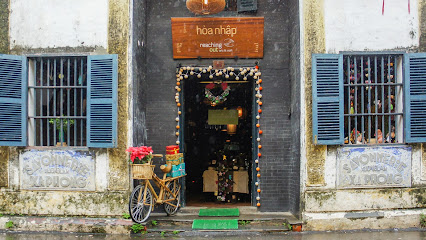
Nam Trân Art Craft Village
Explore the exquisite craftsmanship and rich cultural heritage at Nam Trân Art Craft Village in Hoi An, Vietnam.
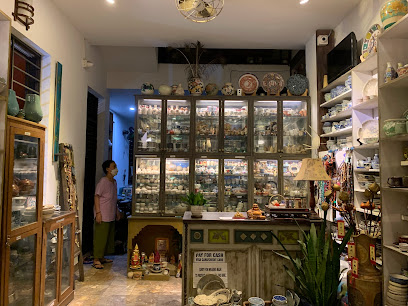
Quầy Lưu Niệm Lê Phan
Discover the charm of Quầy Lưu Niệm Lê Phan, a gift shop in Hội An offering authentic leather goods, bags, and shoes crafted by local artisans.
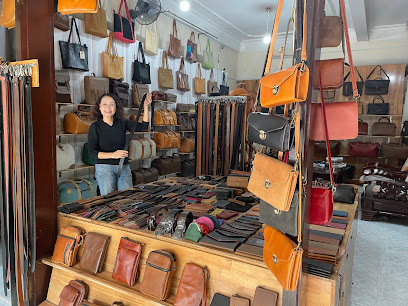
Shop Cát Tường
Explore unique clothing at Shop Cát Tường, a charming store in Hội An offering traditional and contemporary Vietnamese fashion.
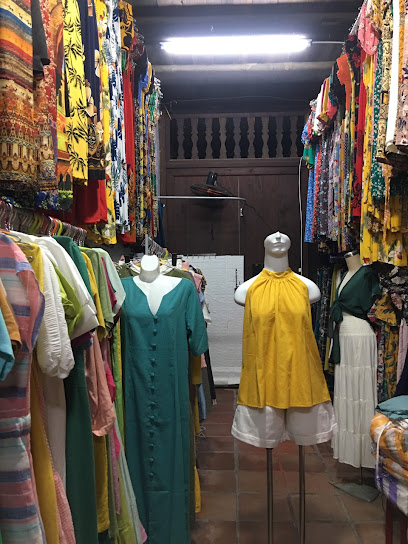
Bee Hoi An Vintage 2hand
Discover unique fashion finds at Bee Hoi An Vintage 2hand, where second-hand treasures and local charm meet in Hội An's vibrant shopping scene.
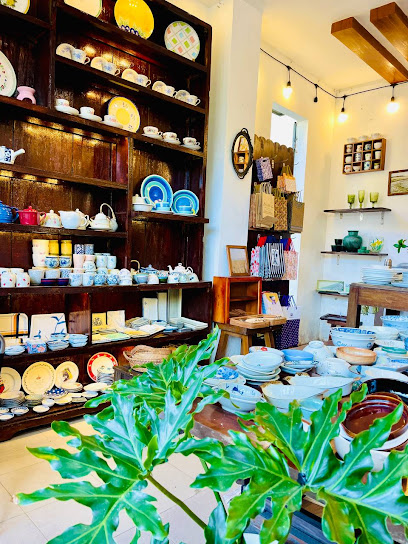
Essential bars & hidden hideouts
Hair of the dog bar Hoi An
Discover the bustling nightlife of Hoi An at Hair of the Dog Bar, where vibrant music and great cocktails create unforgettable moments.
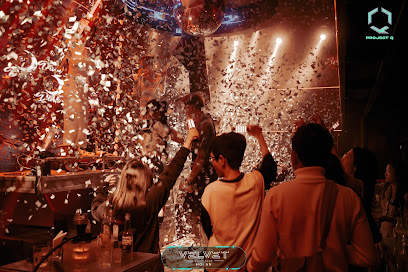
Soul Kitchen
Experience the vibrant flavors of Vietnam at Soul Kitchen, a lively bar and restaurant in the heart of Hội An, perfect for food lovers and music enthusiasts alike.
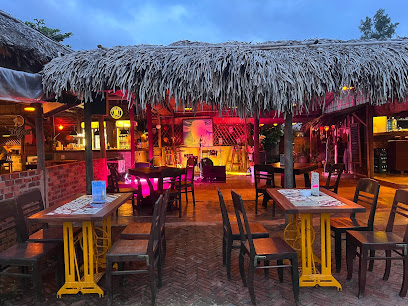
The Shamrock Irish Pub Hoi An
Experience the best of Irish hospitality and local flavor at The Shamrock Irish Pub in Hoi An, Vietnam.
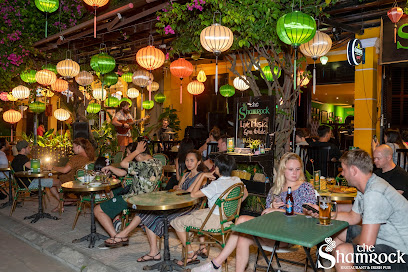
Why Not Club Bar Hoi An
Experience the vibrant nightlife of Hoi An at Why Not Club Bar, where expertly crafted cocktails and a lively atmosphere await.
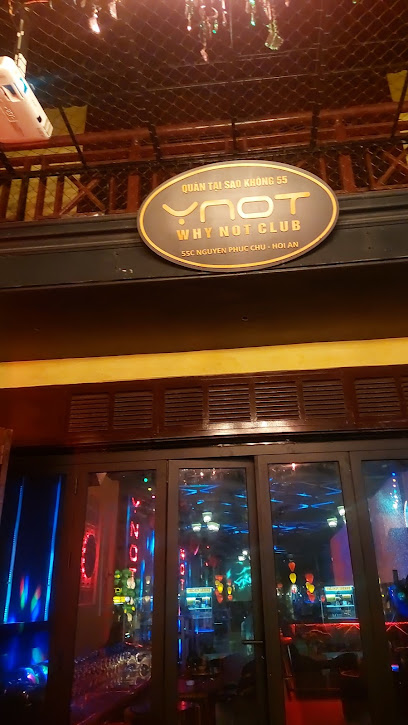
Market Bar - Market Terrace
Experience the vibrant atmosphere of Market Bar in Hội An, where innovative cocktails meet local flavors in a stunning setting.
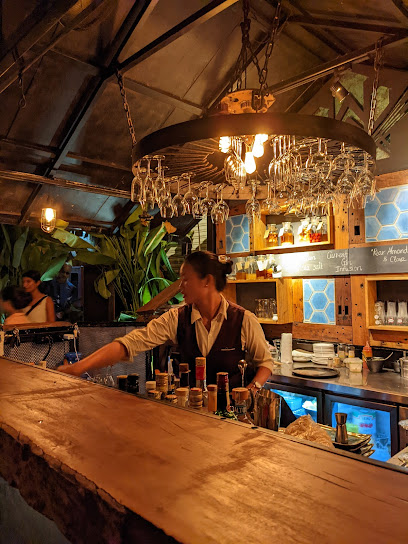
Tiger Tiger Bar
Experience vibrant nightlife and delicious drinks at Tiger Tiger Bar in Hội An, a must-visit for every traveler seeking local flavor.
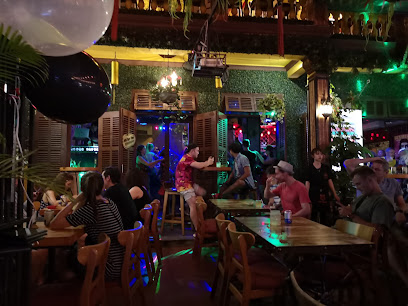
Hair Of The Dog Bar Hoian
Experience vibrant nightlife and eclectic drinks at Hair Of The Dog Bar in Hội An, Vietnam, a lively spot for tourists and locals alike.
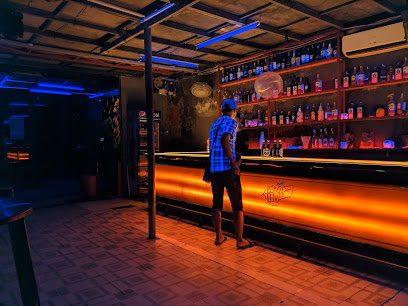
Mezcal Cocteleria [ Hoi An Bar]
Delight in the art of mixology at Mezcal Cocteleria, Hoi An's premier cocktail bar offering innovative drinks and a vibrant lounge atmosphere.
![Mezcal Cocteleria [ Hoi An Bar]](https://evendo-location-media.s3.amazonaws.com/BarImages/b0ab5ed5-28c4-465d-9ecb-2c78810edfb7)
Bungalow Beach Bar
Experience the perfect blend of relaxation and vibrant nightlife at Bungalow Beach Bar in Hội An, Vietnam, with stunning coastal views and delicious cuisine.
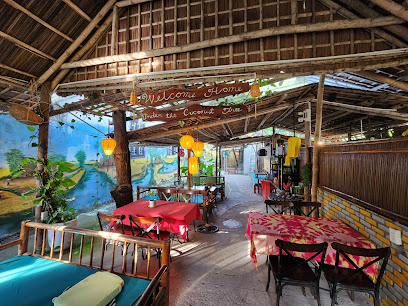
Why Not Bar
Experience the vibrant nightlife at Why Not Bar in Hội An, where cocktails, entertainment, and a friendly atmosphere await you.

Woop Woop Bar
Discover the lively atmosphere of Woop Woop Bar in Hội An, where crafted cocktails and vibrant nightlife await your arrival.
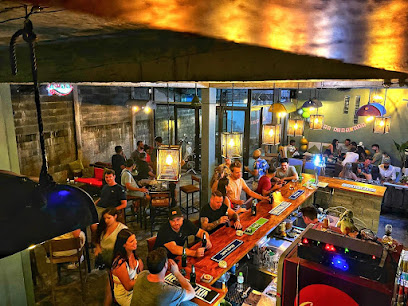
Sky bar Hoi An (rastabar)
Experience breathtaking views and vibrant nightlife at Sky Bar Hoi An, where exquisite cocktails and local flavor meet spectacular sunsets.
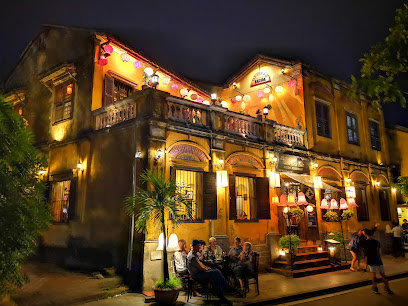
Bob Marley Bar Hoian
Discover the lively ambiance and delicious grilled dishes at Bob Marley Bar Hoian, where live music meets culinary delight in Hội An.

Wanderlust Hoi An
Discover the lively atmosphere of Wanderlust Hoi An, a bar offering exquisite cocktails and a unique blend of modern and traditional Vietnamese vibes.
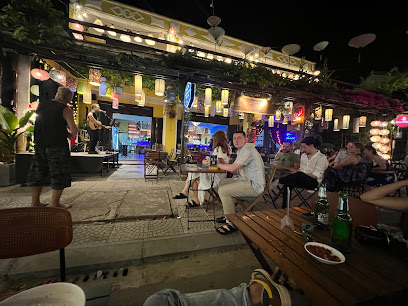
Hoi An T/T Cocktail Bar, Coffee & Antiques
Experience the unique blend of handcrafted cocktails, rich coffee, and antique charm at Hoi An T/T Cocktail Bar in the heart of Old Town, Vietnam.
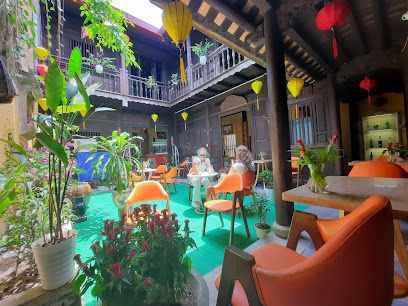
Travel experiences inspired by this city
Explore more travel diariesLocal Phrases
-
- HelloXin chào
[sin chow] - GoodbyeTạm biệt
[tahm byet] - YesCó
[koh] - NoKhông
[kohng] - Please/You're welcomeXin vui lòng
[sin vwee long] - Thank youCám ơn
[kahm uhn] - Excuse me/SorryXin lỗi
[sin loy] - How are you?Bạn khỏe không?
[bahn kweh kohng] - Fine. And you?Khỏe. Còn bạn?
[kweh. kohn bahn] - Do you speak English?Bạn có nói tiếng Anh không?
[bahn koh noy tee-eng ahng kohng] - I don't understandTôi không hiểu
[toy kohng hee-ehu]
- HelloXin chào
-
- I'd like to see the menu, pleaseTôi muốn xem thực đơn, vui lòng
[toy moong sem tooc don, vwee long] - I don't eat meatTôi không ăn thịt
[toy kohng uhn teet] - Cheers!Chúc sức khỏe!
[chook sook kweh] - I would like to pay, pleaseTôi muốn thanh toán, vui lòng
[toy moong than toan, vwee long]
- I'd like to see the menu, pleaseTôi muốn xem thực đơn, vui lòng
-
- Help!Giúp!
[yoop] - Go away!Đi đi!
[dee dee] - Call the Police!Gọi cảnh sát!
[goy kahng saht] - Call a doctor!Gọi bác sĩ!
[goy bahk see] - I'm lostTôi lạc đường
[toy laht doong] - I'm illTôi ốm
[toy ohm]
- Help!Giúp!
-
- I'd like to buy...Tôi muốn mua...
[toy moong moo-ah...] - I'm just lookingTôi chỉ xem
[toy chee sem] - How much is it?Bao nhiêu tiền?
[bah-oh nyew tee-ehn] - That's too expensiveĐắt quá
[daht kwah] - Can you lower the price?Bạn có thể giảm giá không?
[bahn koh te gi-ahm zah kohng]
- I'd like to buy...Tôi muốn mua...
-
- What time is it?Bây giờ là mấy giờ?
[bahy zoh la may zoh] - It's one o'clockBây giờ là một giờ
[bahy zoh la mowt zoh] - Half past (10)Mười giờ nửa
[moo-ee zoh new-ah] - MorningBuổi sáng
[bwoy sahng] - AfternoonBuổi chiều
[bwoy chee-ew] - EveningBuổi tối
[bwoy toy] - YesterdayHôm qua
[hohm kwah] - TodayHôm nay
[hohm nigh] - TomorrowNgày mai
[nyigh mahy] - 1Một
[mowt] - 2Hai
[high] - 3Ba
[bah] - 4Bốn
[bohn] - 5Năm
[nahm] - 6Sáu
[s-ow] - 7Bảy
[bahy] - 8Tám
[tahm] - 9Chín
[cheen] - 10Mười
[moo-ee]
- What time is it?Bây giờ là mấy giờ?
-
- Where's a/the...?Chỗ...ở đâu?
[cho...uh doh?] - What's the address?Địa chỉ là gì?
[dee-ah chee la zee?] - Can you show me (on the map)?Bạn có thể chỉ cho tôi (trên bản đồ) không?
[bahn koh te chee cho toy (tr-un bahn doh) kohng?] - When's the next (bus)?Xe buýt tiếp theo khi nào?
[say bwet tee-ehp tyoh khi now?] - A ticket (to ....)Một vé (đi ....)
[mowt vee (dee ....)]
- Where's a/the...?Chỗ...ở đâu?
History of Hoi An
-
Hoi An, originally known as Faifo, has its roots deeply embedded in the 15th century. It was established as a trading port by the Cham people, who were skilled seafarers and traders. The strategic location of Hoi An along the Thu Bon River made it a significant stop on the maritime Silk Road, facilitating trade between Southeast Asia, China, Japan, and even Europe.
-
During the 16th and 17th centuries, Hoi An flourished as a major international trading port. The city saw an influx of merchants from Japan, China, Holland, India, and Portugal. This period marked the zenith of Hoi An's prosperity, with the town becoming a bustling hub of commerce. The Japanese and Chinese communities, in particular, left a lasting imprint on Hoi An's architecture and culture, evident in the iconic Japanese Covered Bridge and various Chinese assembly halls.
-
Hoi An's prominence as a trading port began to wane in the late 18th century. The silting of the Thu Bon River made navigation increasingly difficult, and the rise of nearby Da Nang as a more accessible port further contributed to Hoi An's decline. By the 19th century, Hoi An had lost much of its importance as a center of trade.
-
Despite its decline as a trading port, Hoi An managed to preserve its rich cultural heritage. The city’s ancient architecture, traditional wooden houses, and narrow streets remained largely intact over the centuries. In 1999, UNESCO recognized Hoi An as a World Heritage Site, acknowledging its unique blend of indigenous and foreign influences. This designation spurred efforts to preserve and restore the town’s historical sites, making Hoi An a significant cultural and tourist destination.
-
Hoi An is renowned for its vibrant cultural festivals that reflect its diverse heritage. The Full Moon Festival, celebrated on the 14th day of each lunar month, sees the old town illuminated by colorful lanterns, traditional music performances, and food stalls. Additionally, the Hoi An Lantern Festival and the Tet Lunar New Year celebrations attract visitors from around the world, offering a glimpse into the town's rich cultural tapestry.
-
In recent years, Hoi An has evolved into a popular tourist destination, known for its well-preserved ancient town, beautiful beaches, and culinary delights. Efforts to balance tourism with cultural preservation have been a focal point, ensuring that Hoi An maintains its historical charm while adapting to contemporary demands. The city's markets, tailor shops, and cafes continue to thrive, offering a unique blend of tradition and modernity.
Hoi An Essentials
-
Hoi An is located in Quang Nam Province, Vietnam. The nearest international airport is Da Nang International Airport, about 30 kilometers away. From Da Nang, you can take a taxi, private transfer, or shuttle bus to Hoi An, which typically takes around 45 minutes. Alternatively, you can take a train to Da Nang Railway Station and then a taxi or bus to Hoi An.
-
Hoi An is a compact city, and many attractions are within walking or cycling distance. Bicycles are a popular and eco-friendly way to get around, and many hotels offer bike rentals. Motorbikes and scooters are also available for rent, but be cautious if you are not experienced in riding. Taxis and ride-hailing services like Grab are available for longer distances. For a unique experience, try a ride on a traditional cyclo.
-
The official currency in Vietnam is the Vietnamese Dong (VND). Credit cards are widely accepted in hotels, restaurants, and shops in Hoi An, but it is advisable to carry cash for small purchases and in local markets. ATMs are widely available throughout the city. Currency exchange services can be found at banks, exchange counters, and major hotels.
-
Hoi An is generally a safe destination for tourists. However, like any travel destination, it is important to take standard precautions. Be wary of pickpockets in crowded areas and markets. Avoid walking alone late at night in unfamiliar areas. Areas such as the Old Town are safe, but always stay vigilant and aware of your surroundings. Keep your belongings secure and avoid displaying valuable items.
-
In case of emergency, dial 113 for police, 114 for fire, and 115 for medical emergencies. The nearest hospital is Hoi An Hospital, located within the city. It is recommended to have travel insurance that covers medical emergencies. Pharmacies are available throughout Hoi An for minor health issues. Keep a list of emergency contact numbers handy, including your country's embassy or consulate.
-
Fashion: Do dress modestly, especially when visiting temples and religious sites. Avoid wearing revealing clothing. Religion: Do respect local customs and traditions. Remove your shoes and hat before entering temples and pagodas. Public Transport: Do be respectful and courteous. Don't eat or drink on public transport. Greetings: Do greet people with a slight bow or a nod. A friendly smile goes a long way. Eating & Drinking: Do try local dishes and street food. Don't waste food, as it is considered disrespectful. Always use both hands when giving or receiving something.
-
To experience Hoi An like a local, visit the morning market to see the bustling activity and buy fresh produce or local delicacies. Engage with the locals, who are friendly and often willing to share stories about their city. Take part in a lantern-making workshop, a traditional craft of Hoi An. Don't miss the monthly Full Moon Festival, where the Old Town is illuminated by lanterns and filled with cultural activities. For a unique dining experience, try a cooking class to learn how to make Vietnamese dishes.
Trending Landmark in Hoi An
-
Hội An Night Market
-
Chùa Cầu
-
Hoi An Market
-
An Bang Beach
-
Precious Heritage Art Gallery Museum
-
Hoi An Memories Land
-
Hoi An Historic Hotel
-
Hoi Quan Phuoc Kien
-
Thanh Hà Terracotta Park
-
Hội An Lune Center for the Performing Arts
-
Old House of Tan Ky
-
Rehahn Gallery
-
Hoi An Water Puppet Show
-
Tra Que Vegetable Village Restaurant
-
Làng Dừa Xanh Coconut Basket Boat Tour
Nearby Cities to Hoi An
-
Things To Do in Da Nang
-
Things To Do in Tam Ky
-
Things To Do in Hue
-
Things To Do in Quy Nhon
-
Things To Do in Pakse
-
Things To Do in Champasak
-
Things To Do in Buon Ma Thuot
-
Things To Do in Ubon Ratchathani
-
Things To Do in Savannakhet
-
Things To Do in Thakhek
-
Things To Do in Nha Trang
-
Things To Do in Dalat
-
Things To Do in Kratie
-
Things To Do in Mui Ne
-
Things To Do in Phan Thiet


















